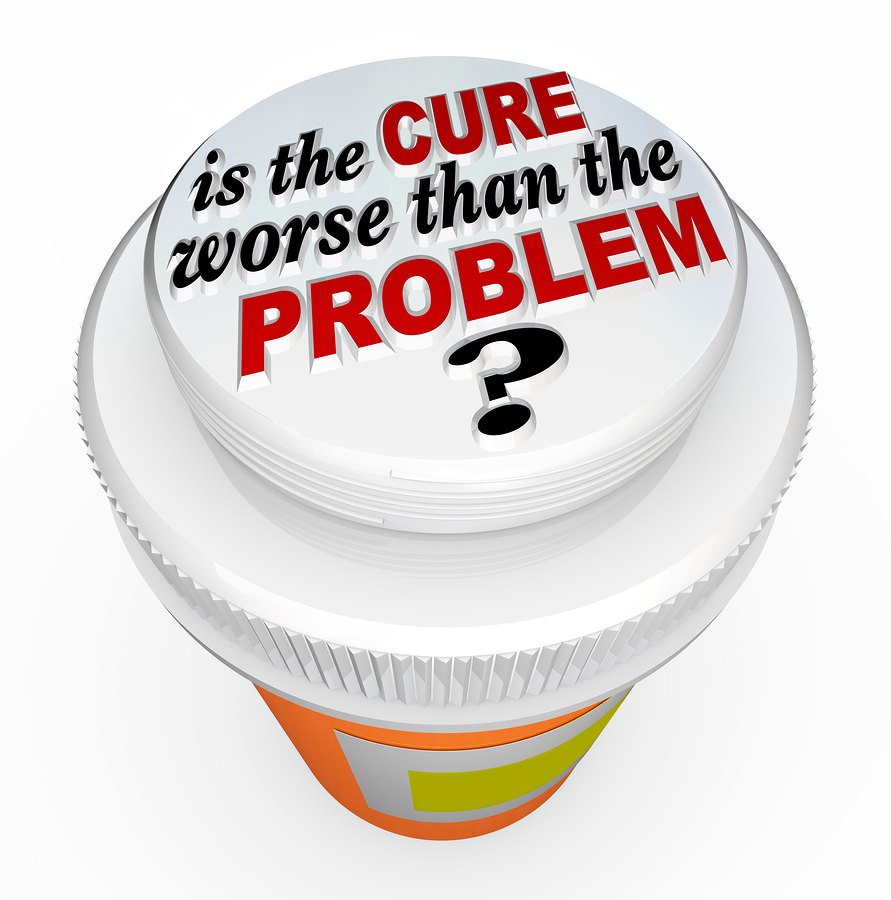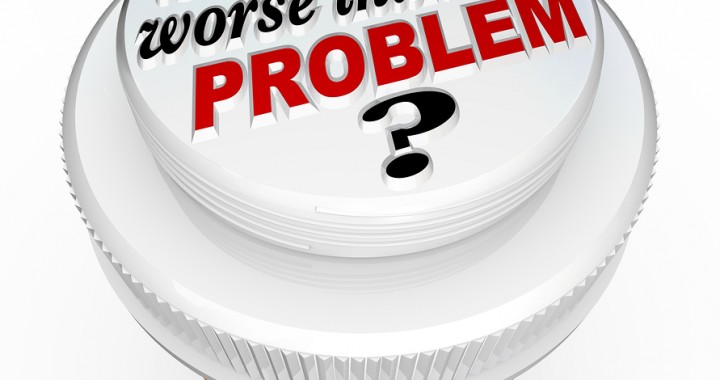 Have you ever paid attention during some of those “new Wonder Drug” commercials? You know, the wonder drug that’s supposed to completely relieve allergy symptoms? Yeah, the commercials usually show us a bunch of actors (ahem, I mean, real people who AREN’T actors) who are finally living their lives again thanks to this particular drug.
Have you ever paid attention during some of those “new Wonder Drug” commercials? You know, the wonder drug that’s supposed to completely relieve allergy symptoms? Yeah, the commercials usually show us a bunch of actors (ahem, I mean, real people who AREN’T actors) who are finally living their lives again thanks to this particular drug.
We see them running and jogging, exercising and hanging out with other folks their age. They’re driving convertibles and laughing and playing tennis and drinking fancy coffees. It’s amazing. Just days earlier, they had been curled up on the floors of their bedrooms and now their alive. Fully and completely ALIVE!
Well, the commercial usually goes on like that, but then, just before it ends, there’s that one fast-talking announcer who comes on to tell us about a few, minor side-effects. Oh, tiny things–things that are hardly worth mentioning. Insignificant-little-nothing things like sleeplessness, occasional headaches and the ever-popular uncontrollable and unpredictable bouts of vomiting and nausea.
Now, if that’s all the side-effects there were . . . maybe we’d be alright trying the drug. But the fast-talking announcer is usually just getting warmed up at that point. She goes on to explain that “in rare cases, users will experience dry mouth, bleeding gums, the loosening or losing of teeth coupled with a pronounced difficulty of saying words that have “th” in them. In ultra rare cases, patients” (notice how first the people are called “users” and now they’re called “patients”? Makes you wonder about the progression). Anyway, back to our fast talking announcer friend: “In ultra rare cases, patients may experience hair loss, liver damage, internal bleeding, immense weight gain and possibly death followed by loss of appetite.”
Wow. But usually, before we can ponder those horrible side-effects too long, the actors . . . I mean, the real, honest-to-goodness regular folks . . . come back on and tell us how none of that happened to them and how they’re finally living again.
Anyway . . . long description . . . but you’ve seen those before haven’t you? And if you have, you must have wondered, as I have, whether the cure is worse than the affliction.
Well, that brings me back to my point from the other day about Chlorine bleach cleaners on our decks. This is a typical example of a solution that’s worse than the condition it’s trying to remedy. See, many folks (and honestly, many home improvement centers) recommend deck cleaners that contain or ask you to add Chlorine Bleach. And while Chlorine bleach is a wonderful sanitizer and does a great job killing germs . . . it unfortunately also does a great job of killing all the trees and plants around your deck. It’ll take the natural color out of your deck as well as accelerate the corrosion of the nails, screws and structural hardware that hold the deck together. It kills or damages the naturally occurring lignin in the wood, causing the wood to deteriorate more rapidly and, to top it all off, the ionic structure of the Chlorine won’t allow it to penetrate into your wood. The water will–and after all, bleach is 99% water–but that really only makes things worse. The water penetrates and simply feeds the roots of the molds or algaes that are deep in your wood. Basically, it provides food for the things you’re trying to kill.
So that led me to urge you to lay off the Chlorine Bleach cleaning solutions when it comes time to clean your deck–you’re just likely to cause more damaging results than happy ones.
But, while that’s hopefully helpful information, it’s actually, kind of empty. Telling you not to do something or telling you about a product not to use is only half-helpful. The information’s only truly helpful if I supply you with an alternative–another product that can and should be used in place of Chlorine bleach cleaners.
Well . . . that’s the plan for today. See, while Chlorine Bleach is a bad, nasty and ultimately detrimental solution to cleaning your deck . . . Oxygenated Bleach is perfect.
First, Oxygenated bleach is safe for the wood of the deck–it won’t harm the lignin. It’s not going to cause the wood to break down and fail quicker than it naturally would. Also, it’s not going to bleach out the wood’s natural colors. It will clean away the washed out, sun-bleached gray look of your deck and it will restore those deck boards to something much more like their original cedar or brownish, red color.
Secondly, it’s safe for all the vegetation and plant life around your deck. With Chlorine bleach, all your landscaping needs to be protected at all costs. Even a little Chlorine bleach can bring about rapid death to plants. Oxygenated bleach doesn’t. It’s biodegradable and perfectly safe for most vegetation.
Thirdly, Chlorine bleach is a hazard to work with on your own account as well. It can bleach out your clothing, burn your skin, hurt your pets or kids. Oxygenated bleach won’t do these things and it’s safe around your pets and kids.
Add to this the fact that it actually works better than Chlorine bleach cleaners on a deck and it’s really a no-brainer. Why use a product that’s got a list of side-effects as long as your arm AND that will only work moderately well to fix the problem? Why use that when you could switch to a product with NO side-effects and which is 10x more effective?
So, when it comes to cleaning your deck, head to RepcoLite and we’ll steer you towards Defy’s Safe Oxygenated Bleach. It’ll cost about $21 for a container that will clean over 1,000 square foot, so it’s not going to break the bank . . . and best of all, it’s both easy to use AND effective.
Next time I’ll walk you through the deck cleaning project using a cleaner like this, and I’ll fill you in on a couple tricks that will make sure your project turns out great.

